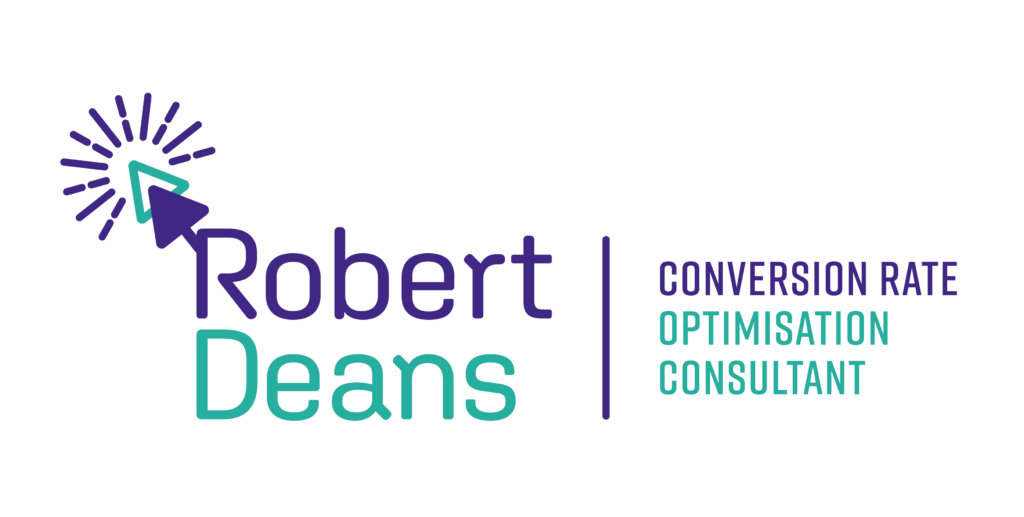There’s more to think about than just conversion rates!
In October 2019 I was analysing some Analytics data for a client and discovered that conversion rates for a specific acquisition channel had been dropping a little bit each month.
Whilst the obvious solution was to look specifically at that channel and asses what had changed, it opened up conversations about conversion rates as a whole.
Ultimately, a drop in conversion rates doesn’t just affect your sales, it impacts your Cost per Acquisition (CPA). Marketing channels are suddenly not delivering a sustainable ROI.
Due to the nature of the acquisition channel, there was a limit to the work that could be done at campaign and channel level, however we really needed to bring the CPA down.
Looking at conversion rates wasn’t something the client had considered before, as their website has always converted very well.
What to do your conversion rates drops just before your busiest time of the year?
In seeing a dip in conversion rates, it’s very easy to try to counteract the issue by increasing channel budgets and buying more orders. This is just compounding the problem as not only are you paying more for a sale, the overall profitability of an order is affected. This makes trying to grow just not cost effective.
With limitations in improvements that could be made at campaign level, we had to look at what we could do to make improvements on the site. And after all, it’s never a bad thing to improve the performance of your site even if it is converting well.
With Christmas fast approaching, we decided that I should conduct an audit of the site and produce a report on how we could improve the conversion rate of the site.
A 3-step approach
My solution was to adopt a simple 3-step approach to improving conversion rates. This was based on a framework I have developed in my ten years as a Conversion Rate Optimisation Consultant. Here’s my approach…
Step 1 – Identify the problem areas
The very first thing we needed to do was identify any challenges users may be facing that we are preventing them from buying.
To do this we needed to collect data on how users were behaving as they navigated through the site.
The website already had Google Analytics installed, so I set up some funnels, which would highlight where users were dropping out and leaving the site.
I also wanted to get an insight to how users were behaving on certain pages. For this I installed a piece of software called HotJar, which allowed me to set up some Heatmaps. These heatmaps we able to show which particular elements of a page users were really interested in and likewise if they we not drawn towards the really important parts of the page.
Once we had collected enough information on user behaviour, I was able to combine data my comprehensive knowledge of the user journey and buyer psychology to produce a report on how the user journey could be improved.
This report included a number of hypotheses on ways to make the site perform much better.
Step 2 – Plan
The report contained over 50 items of suggested improvements, which in itself presented us with a whole new challenge. Which items should we attack first?
What I typically do at this point is asses each hypothesis on merit. I look at how much impact a change may have; I consider the cost implication of the change and finally how easy it would be to roll out the change.
By scoring each of these factors on merit, we are able to apply logic to the process and subsequently arrange them in an order of priority. This list, in priority order, essentially forms the backbone of a roadmap for improvement.
There’s always a but… Whilst I did do this in this case, I also wanted to consider what changes we could make that were obvious changes. Changes, that despite what the rule book says about testing everything, were quick wins.
This is the first time I’ve ever done it this way. It’s fair to say, that there were questions going around in my head and alarm bells ringing. “What if it doesn’t work and we make a live site perform worse?”
I was keen to protect my client’s commercial interests here, so I decided to build in a safety net, which made sure we were not going to permanently roll out any changes that had a negative effect.
Step 3- Roll out changes
The changes we made still needed to be in a controlled environment. If we didn’t see improvements, we needed to identify which of the changes was responsible and roll back the clock. To do this I took benchmark measurements of how key areas of the site were performing, which meant I could measure the performance of segments of the site and pinpoint any negative results.
With the safety net in place, we were able to roll out the changes and measure the impact. So significant were the uplifts, we were able to see results immediately
Sometimes you’ve just got to try something different!
Ordinarily I would not approach a project in this was. I am very regimented about my approach to CRO. I am quite vocal that everything should be split tested, however with my client’s busiest time approaching we needed to try something different.
By throwing the rule book out of the window we were able to bypass lengthy testing and get results very quickly.
We still had the safety net of tracking to identify if specific areas showed a downturn in performance.
The compound effect made impressive results even better in real terms!
In just a two-week period I was able to show a 45% uplift in conversions!
As this is quite sensitive data, I can’t talk about the monetary value involved, but needless to say it was significant. In fact, it was more impressive than the uplift in conversion rates. Here’s why…
What you often find in situations like this is that the improved conversion rates has a knock on effect. You are converting more visitors, so marketing campaigns work much better and CPA’s come down significantly.
We call this the compound effect. Marketing budgets go further and work much harder for their money. This in turn means you can afford more traffic, which in turn is converting at the new improved conversion rate. The net result is SIGNIFICANT improvements in sales.
We await to see how these results will impact their Christmas, needless to say we’re very excited.
What would a 45% increase in conversions look like to your business?
If you feel your website could be performing better and would unlock its true potential, get in touch today and book your free 20-minute consultation.

